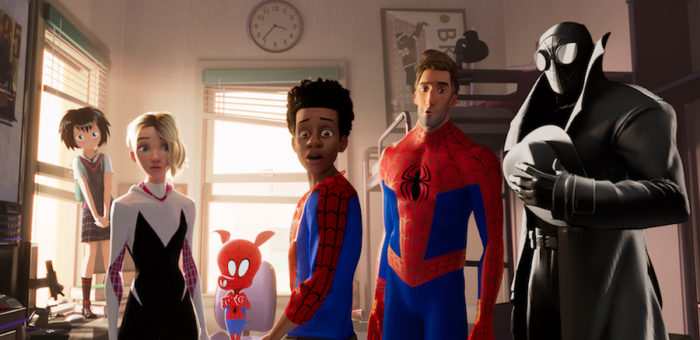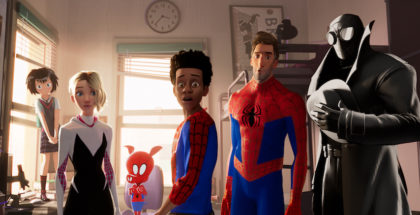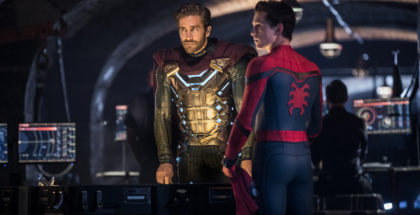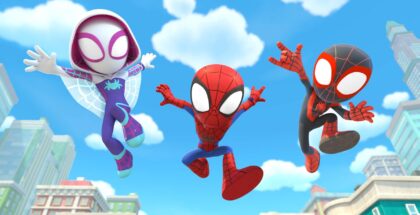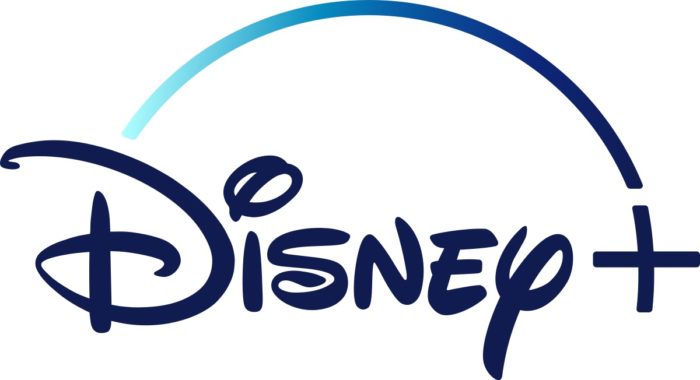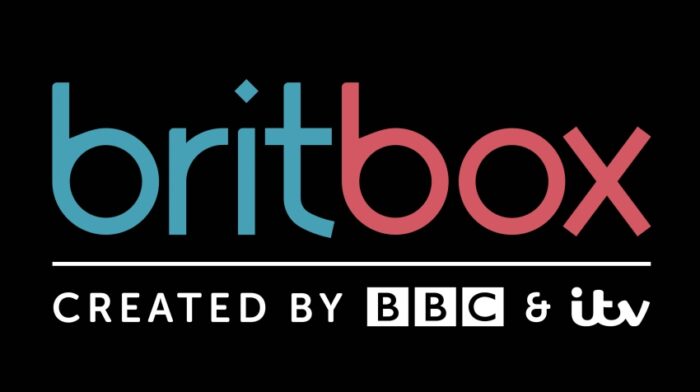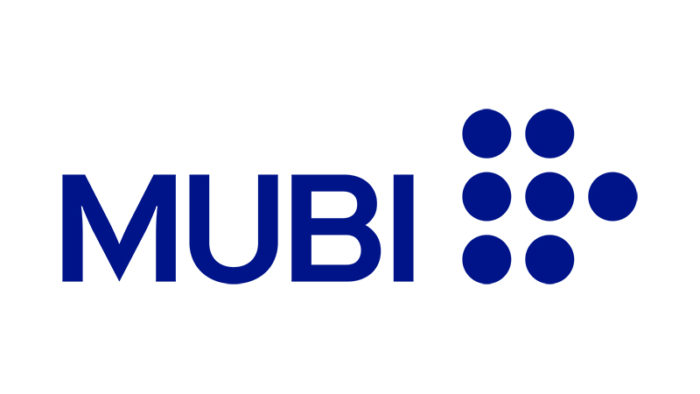Spider-Man: Into the Spider-Verse: One of the best superhero movies ever made
Review Overview
Voices
10Visuals
10Fun
10David Farnor | On 22, Apr 2019
Director: Bob Persichetti, Rodney Rothman, Peter Ramsey
Cast: Shameik Moore, Liev Schreiber, Jake Johnson
Certificate: PG
In 2018, Marvel broke major ground with the first solo outing for a black superhero in its modern MCU. What’s remarkable about that overdue cultural milestone is that the same year also gave us a second, equally groundbreaking superhero movie, one that also features a black superhero lead and actively celebrates diversity – in a way that’s wholly unique, frequently surprising and constantly entertaining. It’s also a cartoon.
Spider-Man: Into the Spider-Verse wears its inspired concept on its astonishing surface, diving into an alternate reality where Miles Morales (Shameik Moore), not Peter Parker, is Spider-Man, after he gets bitten by a radioactive spider. But ubiquitous villain Kingpin (Liev Schreiber) opens up a portal to parallel dimensions, which brings Miles into contact with Peter B. Parker (Jake Johnson), a washed-up, ageing Spider-Man from another reality. And Gwen Stacy (Hailee Steinfeld), who, in her dimension, is Spider-Woman. And Peni Parker (Kimiko Glenn), a Mecha-Spider-Girl from Japan. Also, Spider-Ham (John Mulaney), a pig that got bitten by a radioactive spider. And did we mention Spider-Man Noir, a 1930s super-private eye, voiced by Nic Cage.
If your head is already spinning, it won’t stop until the end credits, as directors Bob Persichetti, Peter Ramsey and Rodney Rothman use the plethora of Spider-people to drive not only the plot and humour, but also the visuals of their film; Spider-Man Noir is monochromatic, Peni Parker is anime-influenced, Spider-Ham is cartoonishly exaggerated, while other incarnations are brought to life with line work and halftone dots to capture the feel, and texture, of comic books. It’s a frequently jaw-dropping piece of craft, achieved by 140 animators working across different mediums; a collage of styles, voices and personalities that shifts and evolves with each frame.
The result takes its central theme, of accepting one’s distinct identity, and laces it through every aspect of the production, from the story – which finds fresh spins on familiar characters, including Schreiber’s soft-hearted Kingpin and a scientist played by Kathryn Hahn – to the jokes, which consistently send up the countless other iterations of Spider-Man that have been on our screens. Yes, even the dance sequence from Tobey Maguire’s third outing. (“With great ability comes great accountability,” says Miles’ dad, in one of many quotable lines. “That’s not even how the saying goes,” Morales snaps back.)
The cast are more than up for playing this dizzying game, and they bring sharp comic timing and surprising depth to their varying takes on the iconic hero, with Johnson’s failed Parker particularly poignant and Moore’s Miles Morales begging to have his own feature film franchise. Mahershala Ali and Bryan Tyree Henry are superb support for his charismatic protagonist, fleshing out a story of family, loyalty, duty and society, and it’s the tiny details – a rooftop chase with an unexpected threat, a stroll into school through a kaleidoscopic tapestry of modern New York – framed against this mind-bending, expansive scale that makes Spider-Verse really pop.
Rooted in a story of individuals owning their separate (or joint) narratives, the result is a thrillingly fresh window onto the superhero genre, one that builds to a bold, psychedelic climax without hitting pause. Flipping, swinging, jumping and swooping through expectations and conventions, Spider-Verse deconstructs everything you think makes a Marvel movie, and then reassembles them into something breathtakingly new: a declaration that anyone, regardless of background, gender or age, can be a hero. Progressive in more ways than one and unabashedly groundbreaking, this is without a doubt one of the best superhero movies ever made.


